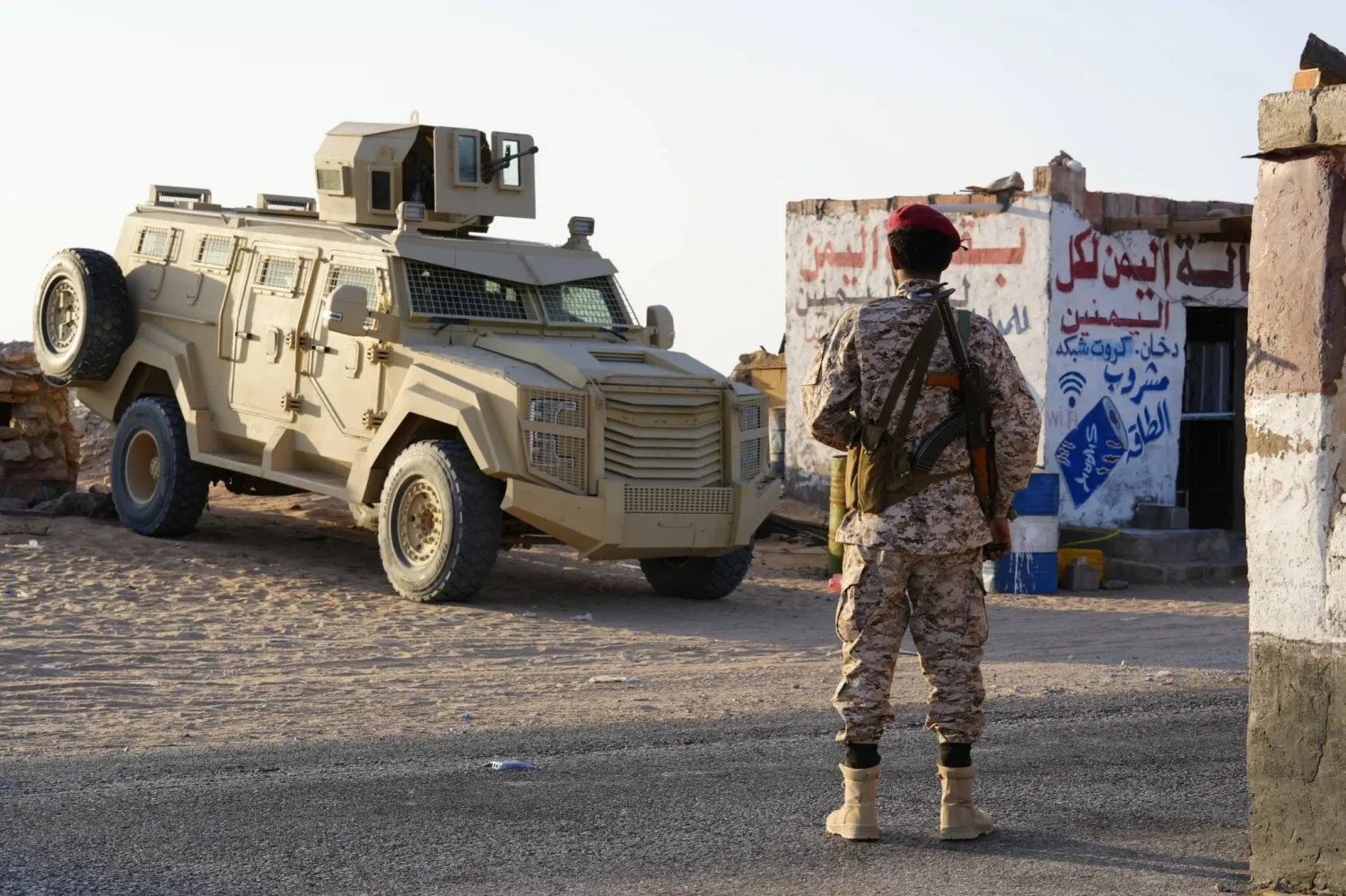Egypt said the latest talks over the Grand Ethiopian Renaissance Dam (GERD) had failed but it would monitor the process of filling and operating the dam.
"Egypt reserves its right, in accordance with international charters and accords, to defend its water and national security in case of any harm," Egypt's ministry of water resources and irrigation said in a statement on Tuesday.
In a statement, Ethiopia's foreign ministry said Egypt had "misrepresented" Ethiopia's positions in the talks.
Egyptian President Abdel Fattah al-Sisi and Ethiopian Prime Minister Abiy Ahmed said in July that they would aim to finalize a deal over the disputed dam within four months. Years of stop-start talks have proved unsuccessful.
Egypt has long opposed the project because of worries about its future supplies of water from the Nile, on which it is heavily dependent. Sudan, another downstream country, has expressed concern about the regulation and safety of its own water supplies and dams.
Ethiopia, which argues that it is exercising its right to economic development, said in September it had completed its final phase of filling a reservoir for a massive hydroelectric power plant at the dam on the Blue Nile.
"The meeting was unsuccessful due to Ethiopia's persistent refusal ... to accept any of the technical or legal compromise solutions that would safeguard the interests of all three countries," the Egyptian statement said.
Ethiopia, however, said Egypt was unwilling to compromise. "Ethiopia remains committed to reach an amicable and negotiated settlement that addresses the interests of the three countries and looks forward to the resumption of the negotiation," the foreign ministry statement said.
Egypt Says Talks over Grand Ethiopian Renaissance Dam Have Failed

The Grand Ethiopian Renaissance Dam is pictured on 20 July 2020. (AFP)

Egypt Says Talks over Grand Ethiopian Renaissance Dam Have Failed

The Grand Ethiopian Renaissance Dam is pictured on 20 July 2020. (AFP)
لم تشترك بعد
انشئ حساباً خاصاً بك لتحصل على أخبار مخصصة لك ولتتمتع بخاصية حفظ المقالات وتتلقى نشراتنا البريدية المتنوعة







